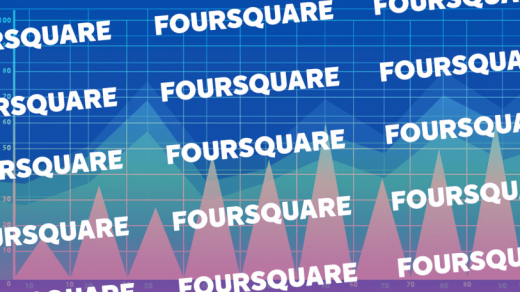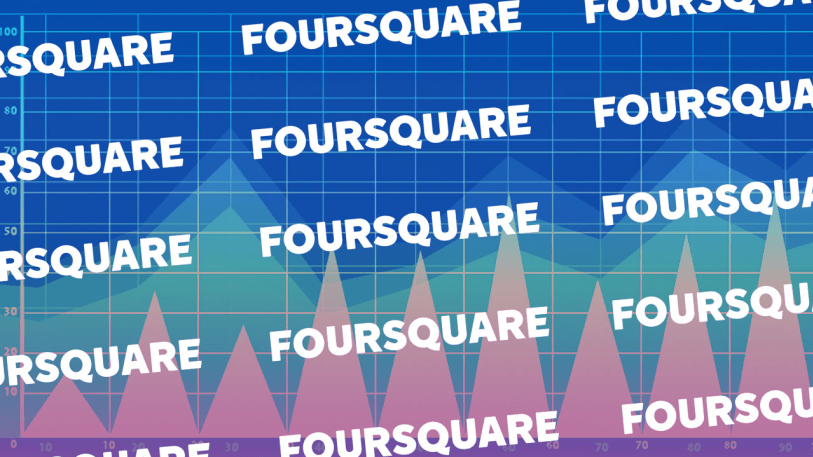Foursquare’s New Dashboard Aims To Be A Google Analytics For The Physical World
What does your Saturday afternoon trip to the mall look like as data? This may not be something you’ve ever thought about, but plenty of retailers have. If websites and apps can track our every move online, why can’t our real-world travels be graphed neatly on a chart too? Well, now they can.
Foursquare, the company first known for its location-based social app, is launching a new data dashboard that lets companies get a clearer picture of how people move around in the real world. Foursquare Analytics, as it’s called, opens up the company’s foot traffic data to retail partners like H&M and Equinox, giving them an up-to-date insight into how consumers are behaving in real life.
“We’re kind of the Google Analytics of the world,” says Foursquare CEO Jeff Glueck. “We’re measuring who’s up, who’s down, which demographics are going to which brands.”
The dashboard spells out crucially important trends like customer loyalty, how frequently a given demographic group visits a given store, how foot traffic trends look in different markets, and even how a business’s foot traffic compares to that of its competitors.

It’s hard to overstate the value of this data to bricks-and-mortar retailers and other businesses. But it’s something Foursquare has been aware of for a few years as it’s built out a massive trove of geolocation data that includes not just a database of millions of venues around the world, but insight into how people move around between these venues. Foursquare has made its places database available via API since the company’s early days. But in recent years, it’s been filling out the human activity side of the data and building products and advertising-related tools around it. That’s quickly becoming the core of Foursquare’s revenue—indeed, its entire future as a business—and Foursquare Analytics is the latest piece of that puzzle.
Foursquare’s built-in ability to make this shift is fortunate for the company, which saw a major dip in app usage after the controversial 2014 split of Foursquare into two apps and the neutering of some of its most beloved social features. While Foursquare City Guide and Swarm have since regained many of those users, the company’s apps never quite lived up to the social media hype bestowed on Foursquare when it launched at South by Southwest in 2009.
Foursquare has built this dataset through rather inventive means. Of course, the bulk of the data comes from Foursquare’s own eponymous city guide app and its social companion, Swarm. Users of these apps who have opted in to their in-the-background location tracking serve as a sample panel used to map aggregate behavior. The apps also help Foursquare keep its map of the world current. By relying on this smartphone-based methodology, Foursquare is able to map out these real-world trends without extra hardware like beacons or other geofencing tactics. This approach also makes the technology much easier to scale.
A growing sliver of the data comes in various shapes and sizes from Foursquare’s partners, which integrate the company’s data into their services, often (but not always) sending location signals back to Foursquare. This includes companies like Twitter, Snapchat, Apple, and Pinterest, along with about 100,000 other developers. Earlier this month, the company launched a new SDK called Pilgrim, which lets developers add the always-on locational awareness of Foursquare and Swarm to their apps.
All of this, combined with machine learning and data science under the hood—as well as external sources like census data, in some cases—helps Foursquare build out location-powered advertising tools like Attribution and Pinpoint. It also helps Foursquare pull off marketing tricks like accurately predicting iPhone 5s sales based on foot traffic trends. And now it’s opening those smarts up to select partners.
“This stuff is done in archaic ways right now,” says Glueck. “We want to be a big-data, really powerful way of looking at the real world economy. We think there’s a ton of problems that can be solved this way.”
Fast Company , Read Full Story
(46)








